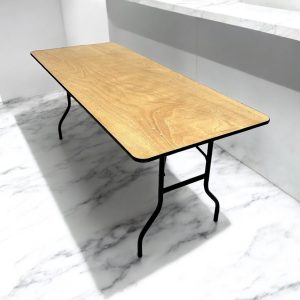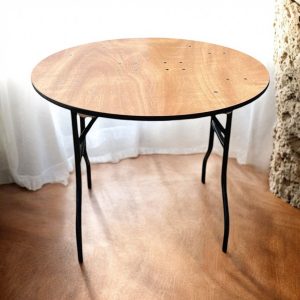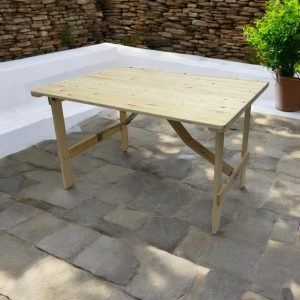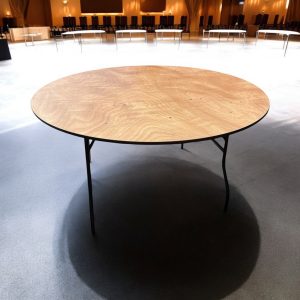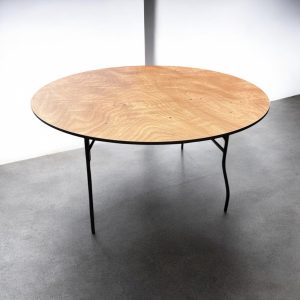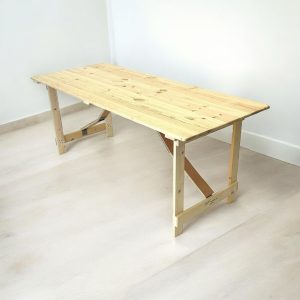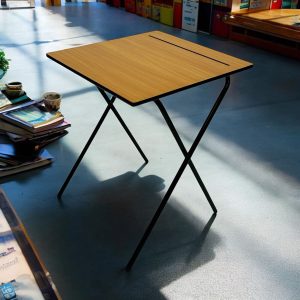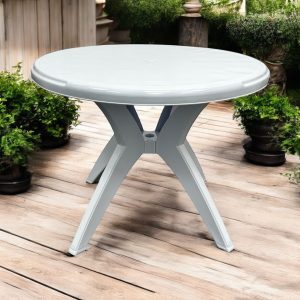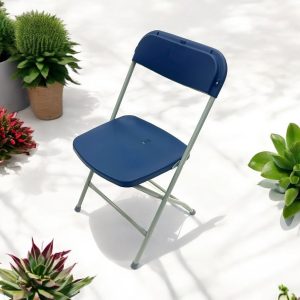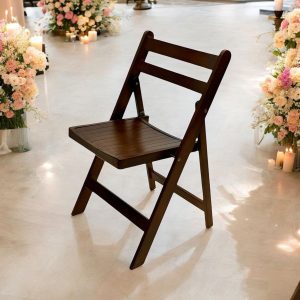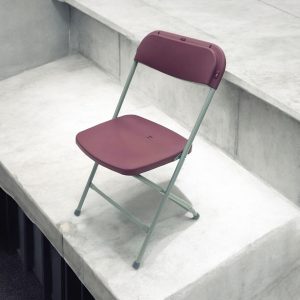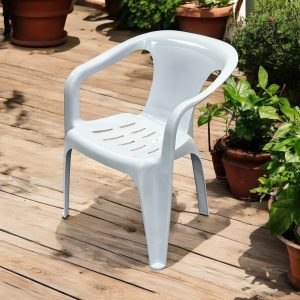Schools are under immense pressure to consistently deliver a quality academic service to their students. A well-run school shouldn’t struggle to achieve this benchmark, but there are numerous variables that affect the performance of both the staff complement, and the students. One such variable that is often underestimated is the school furniture.
It’s not sufficient to purchase furniture purely because it fits the allocated budget, or looks the best within the classroom walls. As important as finances and aesthetics are, there are other factors to consider before you make the investment.
The BSEN 1729 Standard
The British and European standard BSEN 1729 was introduced in 2007, and specifies safety requirement and test methods for chairs and tables in educational facilities.
There are two parts to this.
Part 1 – Functional Dimensions
Children spend a large part of their school day seated at desks. BSEN 1729 ensures that tables, desks and chairs are designed to promote good posture in students, and prevent any back and/or neck problems from developing. If children are comfortable when seated at their desks, their concentration is more likely to improve resulting in better academic performance. You’ll also find that they are less inclined to misbehave resulting in a better teaching environment for the educator and learning environment for the class.
The standard identifies the ideal height of a chair relative to the height of the desk, as it pertains to the age of the child. There are six categories for this, with the sizes based on the average size of children across the European Union.
| SIZE | AGE RANGE | COLOUR CODE | SEAT HEIGHT | TABLE HEIGHT |
| 1 | 3-4 years | Orange | 260mm | 460mm |
| 2 | 4-5 years | Violet | 310mm | 530mm |
| 3 | 6-7 years | Yellow | 350mm | 590mm |
| 4 | 8-10 years | Red | 380mm | 640mm |
| 5 | 11-13 years | Green | 430mm | 710mm |
| 6 | 14-Adult | Blue | 460mm | 760mm |
Part 2 – Safety Requirements and Test Methods
This part of the standard specifies the latest test methods and safety requirements for educational furniture. It’s updated periodically to take into account technological developments in both education and the manufacturing of the desks, chairs and tables.
BSEN1729 isn’t mandatory, but if you purchase equipment from a supplier that confirms to the standard, you’ll be acting in the very best interests of your students.
Value for Money
Education institutions work on strict budgets, and like anything else that you need to spend money on, it’s important to get the best quality furniture products at the best possible prices. In some cases, high street shops may have cheaper furniture options that fit your budget better, but will they last? Durability is a key factor in getting value for money. Heavy demands are placed on furniture in schools and you need to be confident that the equipment can cope with the extent of its use in the classroom.
Buying cheap can result in buying twice; you may have to replace furniture sooner than anticipated when it doesn’t survive the impact from students. It’s often worth spending a little extra and purchasing purpose-made furniture from a specialist supplier, knowing that you’re getting a product that will stand up to requirements. Peace of mind should never be underestimated!
Functionality
Be clear on what the furniture will be used for, and where it will be used. This way you can determine the best kind of equipment to buy, within set specifications. If you require furniture that can be moved around easily from classroom to classroom or within the classroom, you’re going to want something fairly light.
Depending on how the furniture will be used, you could also consider items that are collapsible or can be folded, making it easier to move around and requiring less storage space. This type of furniture is most suited for multi-functional spaces. A common example is a school hall that is used for activities such as PE or drama. Your time will be maximised if you have furniture that can cleared easily and reset quickly.
If you’re ordering furniture that you intend using both indoors and outside, make sure that you order from a specialist supplier. The furniture should be manufactured using durable materials that can withstand the elements of nature. These materials include MDF that is resistant to moisture, and UV stable plastics that are unlikely to turn brittle in the sun. Any powder coated paintwork should be of an architectural grade.
Make cleaning a consideration in your decision as well. Try and keep to minimum items that require extensive cleaning. Rather opt for those that simply require a quick wipe down with a damp cloth, or a spray of disinfectant.
Quantity
Plan ahead when sourcing your school furniture. Buying a few items at a time can work out more costly in the long run than placing larger or bulk orders which may entitle you to a discount or free delivery.
Advance planning will also ensure that you can source the necessary quantity from the best supplier. Last minute bulk orders aren’t always possible. Suppliers may not have the capacity to carry large quantities of stock, or may be waiting on their stock supply to be replenished after a run of orders or another bulk purchase. Dedicated suppliers of educational furniture are more likely to manufacture to order, so they would require some pre-warning for an order of 200 chairs or tables.
After Sales Service
By choosing furniture produced by a reputable manufacturer, purchased either directly or through a third party supplier, you can usually be assured of a high level of after sales service. A manufacturer’s warranty or guarantee indicates that the manufacturer is backing its work, and should make you confident that you’re purchasing quality equipment. The peace of mind in knowing that you can approach the manufacturer or supplier should you have any concerns about the furniture, can never be underestimated.
Other after sales services can include the following:
- Customer support – there are usually multiple means for this, including telephone and email
- Product training – this is especially important for specialist furniture or if there are safety risks that need to be addressed.
- Maintenance – this could be simple guidance or the manufacturer may conduct physical services of the equipment periodically to ensure the best operating condition is maintained.
Conduct Regular Comparisons
It only needs a small change in staff or business circumstances for that supplier’s service to slip, product quality to drop or prices to increase. Conduct a price comparison every so often, to see how your preferred supplier matches up against the competition. If you’re considering a new supplier, speak to schools currently purchasing from them to get some feedback.
If you’d prefer not to move your business elsewhere, consult with the manager or your dedicated sales representative to air your concerns. Your issues may be ones that other customers are struggling with too, but they can’t be fixed unless the company is made aware.
Build a Relationship
Like any decision that involves spending money, it’s clear that the purchase of your school furniture requires some thought and consideration. If you find a reliable supplier that provides quality products at good prices and with excellent service, build a relationship with them. There’s a lot to be said for customer loyalty in business. If you nurture this relationship, it will be easier to approach the supplier if you’re unhappy with a product or service, and they’ll be more inclined to sort out your problems quickly and effectively.
Furniture is an important part of any educational facility, and it’s clear that there are a lot of things to consider. If you do your research and advance planning, there’s no reason why you won’t make the best decisions for your school, your budget and your students.
School Furniture
Tables
Easy clean, wipe down, multipurpose and foldable for storage.
-
6ft x 2’6” Varnished Wooden Table
£58.00 excl. VAT -
3ft Round Varnished Table
£49.50 excl. VAT -
4ft x 3ft Trestle Table
£100.00 excl. VAT -
5ft Round Varnished Banqueting Table
£79.99 excl. VAT -
6ft Round Varnished Banquet Table
£120.00 excl. VAT -
6ft x 3ft Trestle Table
£110.00 excl. VAT -
Folding Exam Desks / Home Desks
£22.00 excl. VAT -
Round White Patio Table
£34.00 excl. VAT
Chairs
Multipurpose and foldable for storage.
BE Furniture sales offer nationwide delivery and bulk buy options on furniture.
Related Articles
- Wooden Trestle Table Sizes
- Folding Tables Guide
- Why Folding Chairs are the Ideal Solution for Community & School Halls
- Trestle Table Buying Guide
- Plastic Folding Tables are Ideal for Schools and Village Halls
